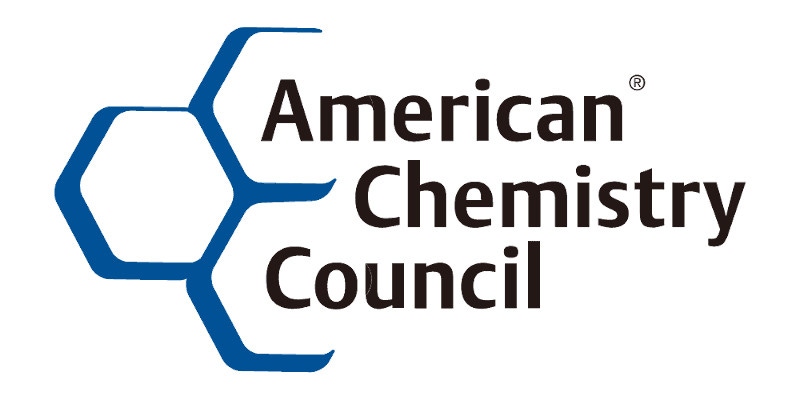Chemical production trended higher in April in the US and globally.
June 1, 2023

According to the American Chemistry Council (ACC), the Global Chemical Production Regional Index (Global CPRI) rose by 0.4% in April following a 1.5 % increase in March. The U.S. Chemical Production Regional Index (U.S. CPRI) rose 0.5% in April. Both indices are measured on a three-month moving average (3MMA) basis to reduce month-to-month volatility.
“Chemical output increased in April for all regions except South America,” said Martha Moore, ACC’s chief economist. “On a year-over-year basis, while global production remained lower compared to a year ago, output was higher in Europe, Asia Pacific, and Africa & Middle East.”
April’s gain in the US reflects improvement across several chemistries, including those recovering from production outages due to bad weather and maintenance to refineries in Q1.
“Going into Q2, inventories have moved into a more balanced position, and despite slowing momentum in manufacturing, several end-use markets have improved, in particular, motor vehicle production,” said Moore. “A recent ACC analysis showed that an average vehicle contains more than $4,000 of chemistry products.”
Key findings:
The gain in April reflects higher chemical production in several major producing countries, including the US, China, Taiwan, Russia, France, and Germany.
Global output is up in all segments except agricultural chemicals, which include pesticides and fertilizers.
Output in the US was higher than a month ago in all regions, with the largest gain in the Gulf Coast, which has largely recovered after some production outages during Q1. However, output remained lower than a year ago.
In the US, output of fertilizers, consumer products, organic chemicals, plastic resins, and inorganic chemicals trended higher. These gains were offset by lower production of synthetic rubber, paints & coatings, adhesives, and other specialty chemicals. Production of manufactured fibers was essentially flat.
The Global CPRI measures the production volume of the chemical industry for 55 key nations, sub-regions, and regions, all aggregated to the world total.
The U.S. CPRI was developed to track chemical production activity in seven regions of the US.
About the Author(s)
You May Also Like




